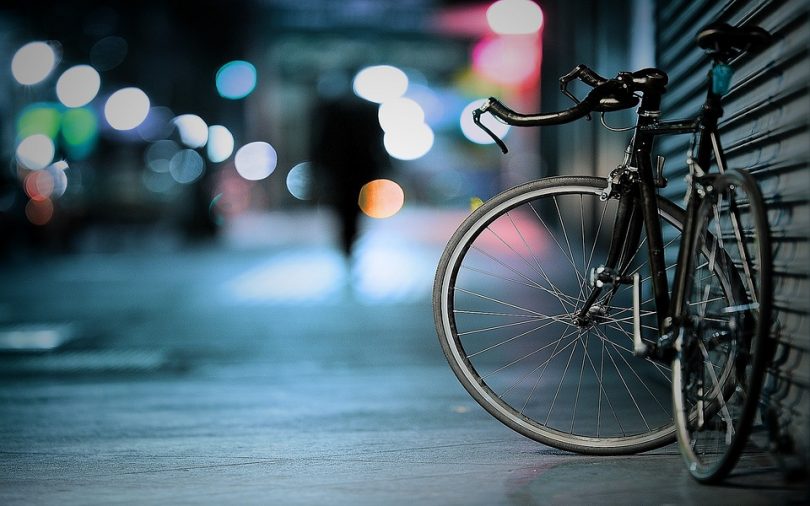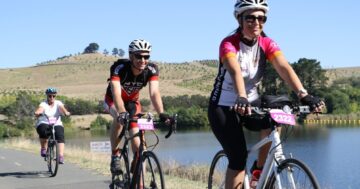
It takes a special sort of rider to get on their bike in sub-zero temperatures, often in dark and frosty conditions. Typically, we call this type of bike rider a ‘Canberran’.
Those of us who bravely carry on riding our bikes through freezing ACT winters scoff at the idea that we’d change our habits because of a little bit of frost. Even in the cold, it’s far more pleasant to be riding a bike than sitting on a stuffy bus, breathing in the winter germs of fellow commuters, or trapped in traffic gridlock in a car.
Smug? Yes. Freezing? Maybe a little, at first. But a bit of cold weather isn’t going to stop a Canberran from riding her bike.
Yet there is one habit you need to adopt if you’re going to survive an ACT winter on your bike: turn on your lights.
Australian law requires bikes to be fitted with a white light at the front, and a red light and reflector at the back when you ride in the dark – and during winter there are far more hours of dark to contend with. Make sure your lights are fully charged, and most importantly, turn them on before you set off.
I’m not asking you to wear high-vis. In fact, road rules in the ACT do not oblige riders to wear fluorescent clothing, and research shows it does not improve visibility at night. There is absolutely no point wearing a bright yellow vest while riding a bike in dark conditions without bike lights fitted and turned on.
Reflective clothing shows more promise – particularly if it is moving, so try putting one of these IKEA reflective bands around your ankles while riding.
It’s not just the bike riders – in the recent foggy mornings we’ve had here in the ACT I’ve been surprised at the number of cars who don’t turn their lights on while driving in the low-visibility conditions.
In the ACT we often have fog, frost and darkness to contend with while riding in winter, and if you can’t be seen on the roads or paths, you’re putting yourself in danger.
Whether you are riding your bike, or driving your car in Canberra during winter, turn on your lights and make yourself visible.
How can we remind people who drive or ride in the ACT to turn on their lights during periods of low visibility on the roads in winter?
Anne Treasure is the Communications Manager for Pedal Power ACT. She writes on bike riding in the ACT from the perspective of a Canberran who mostly rides for transport.





















